Aircraft-sized Asteroid 2023 MU to buzz Earth today! NASA reveals details
A menacing asteroid is hurtling towards Earth right now. Here’s what NASA has revealed about this space rock.
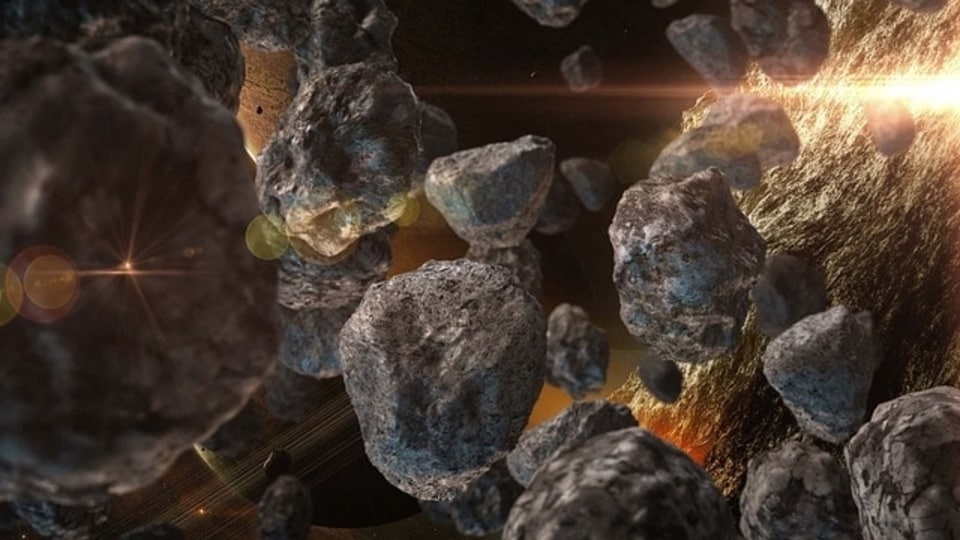
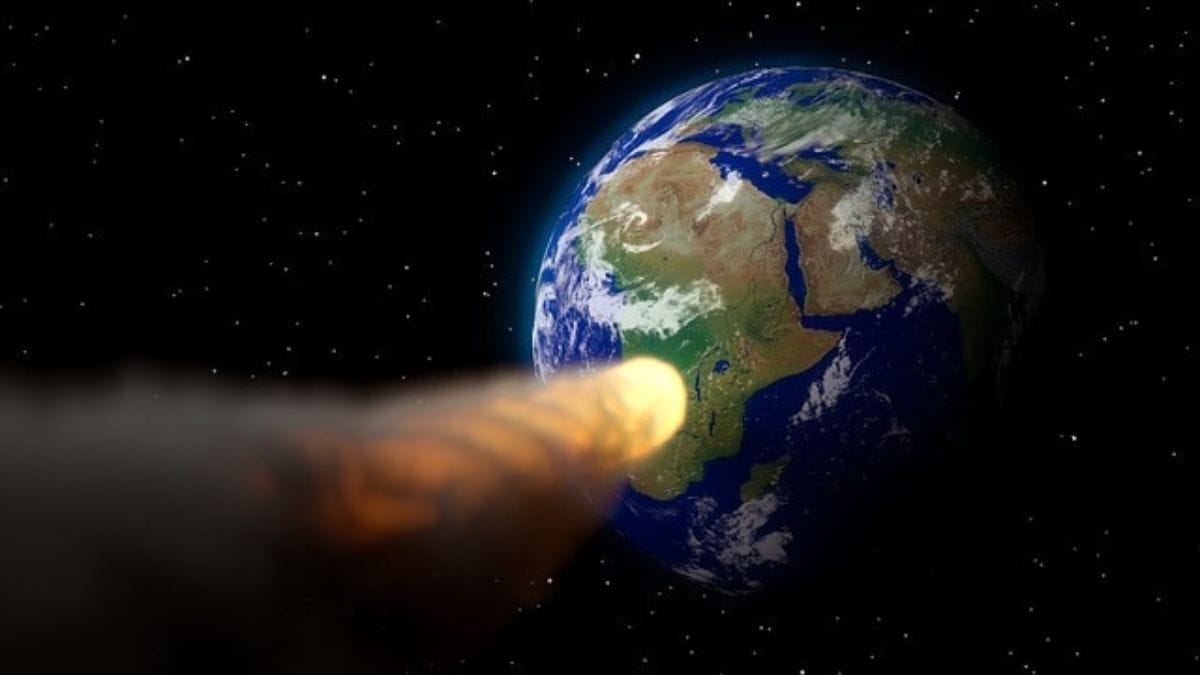
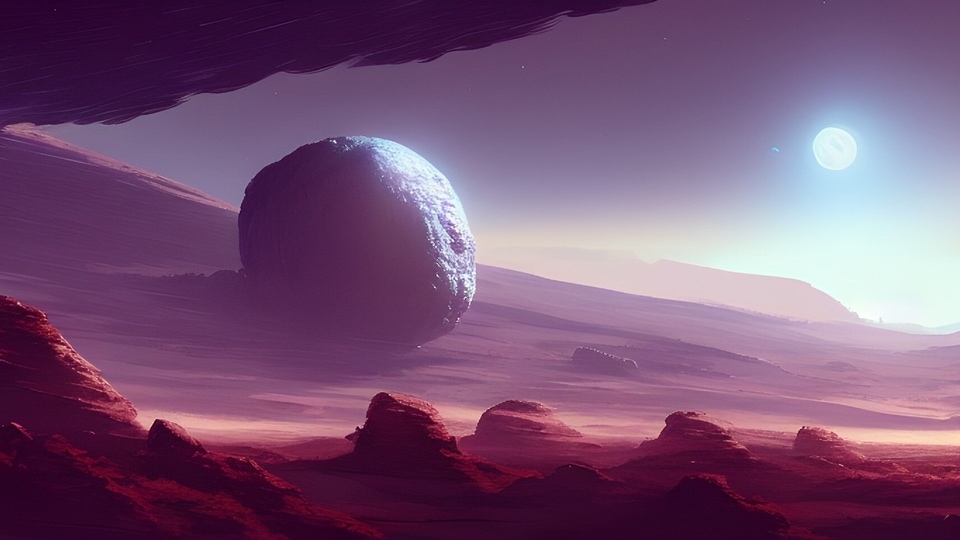
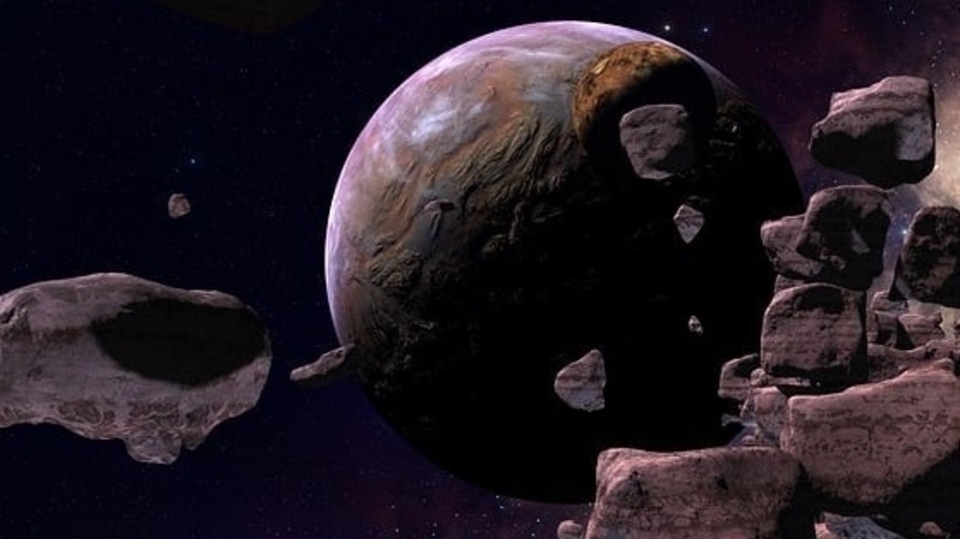
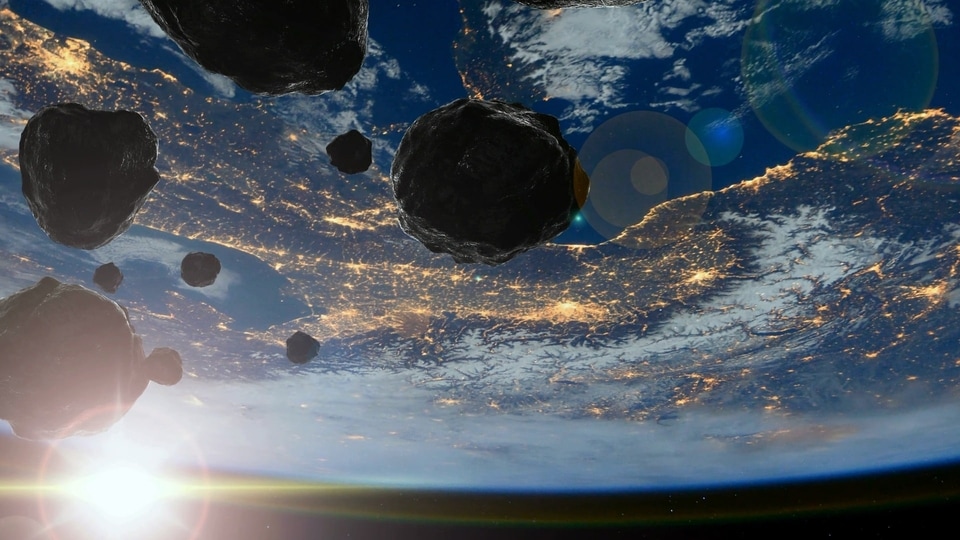
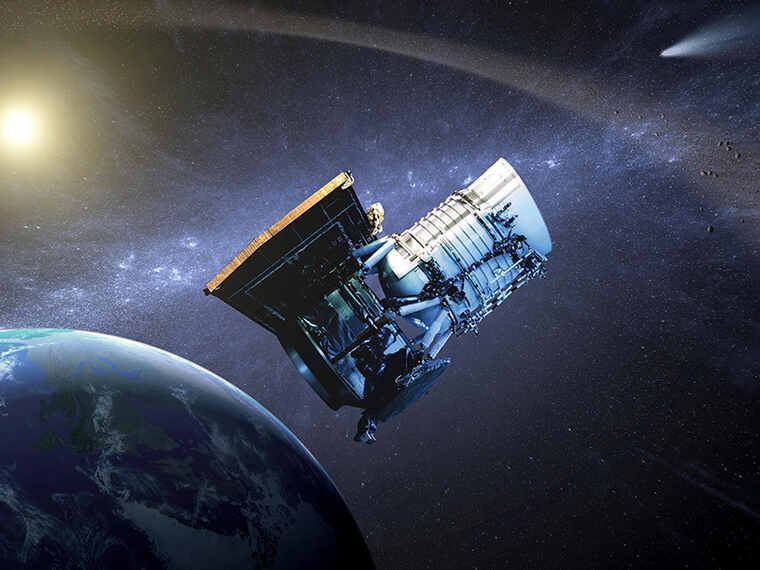
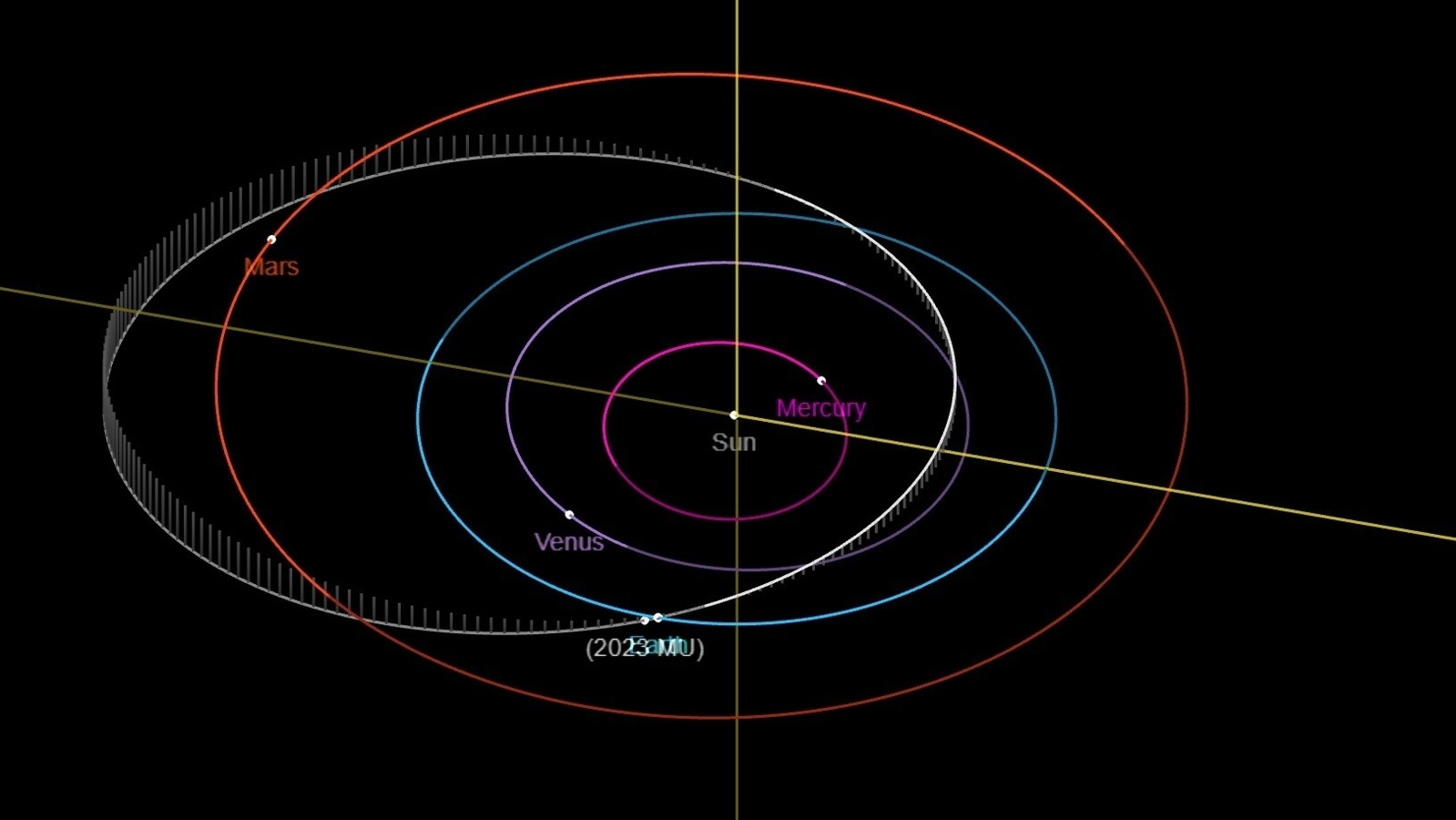
 View all Images
View all ImagesAsteroids make close approaches to Earth very frequently. The potential chance of impact leaves a big question mark about how we are going to protect the Earth from a possible impact. To counter this threat, NASA has already carried out the testing of its DART Mission for planetary protection. The space agency crashed a spacecraft into an oncoming asteroid to divert it from its path, thus successfully testing a method of asteroid diversion. Moreover, ESA has a mission in place called NEOMIR that will act as an early warning system for asteroids 20 meters and larger that cannot be seen from the Earth.
Today, NASA, with the help of its various space and ground-based telescopes, has issued a warning against an asteroid that will come very close to the planet, and it is huge!
Asteroid 2023 MU details
NASA's Planetary Defense Coordination Office is responsible for monitoring the skies and keeping a watch on various Near-Earth Objects (NEOs). The organization has issued a warning against an asteroid designated as Asteroid 2023 MU. This Near-Earth Asteroid (NEA) is expected to make its closest approach to Earth today, June 23. Whilst this asteroid will come very close to the planet, it is not expected to impact the surface. According to NASA, Asteroid 2023 MU will pass by Earth at a distance of around 7 million kilometers.
It is already on its way towards the planet, travelling at a blistering speed of 50305 kilometers per hour. According to NASA, Asteroid 2023 MU is almost 170 feet wide, making it almost as big as an aircraft!
Furthermore, it belongs to the Apollo group of Near-Earth Asteroids, which are Earth-crossing space rocks with semi-major axes larger than Earth's. These asteroids are named after the humongous 1862 Apollo asteroid, discovered by German astronomer Karl Reinmuth in the 1930s.
Catch all the Latest Tech News, Mobile News, Laptop News, Gaming news, Wearables News , How To News, also keep up with us on Whatsapp channel,Twitter, Facebook, Google News, and Instagram. For our latest videos, subscribe to our YouTube channel.




























